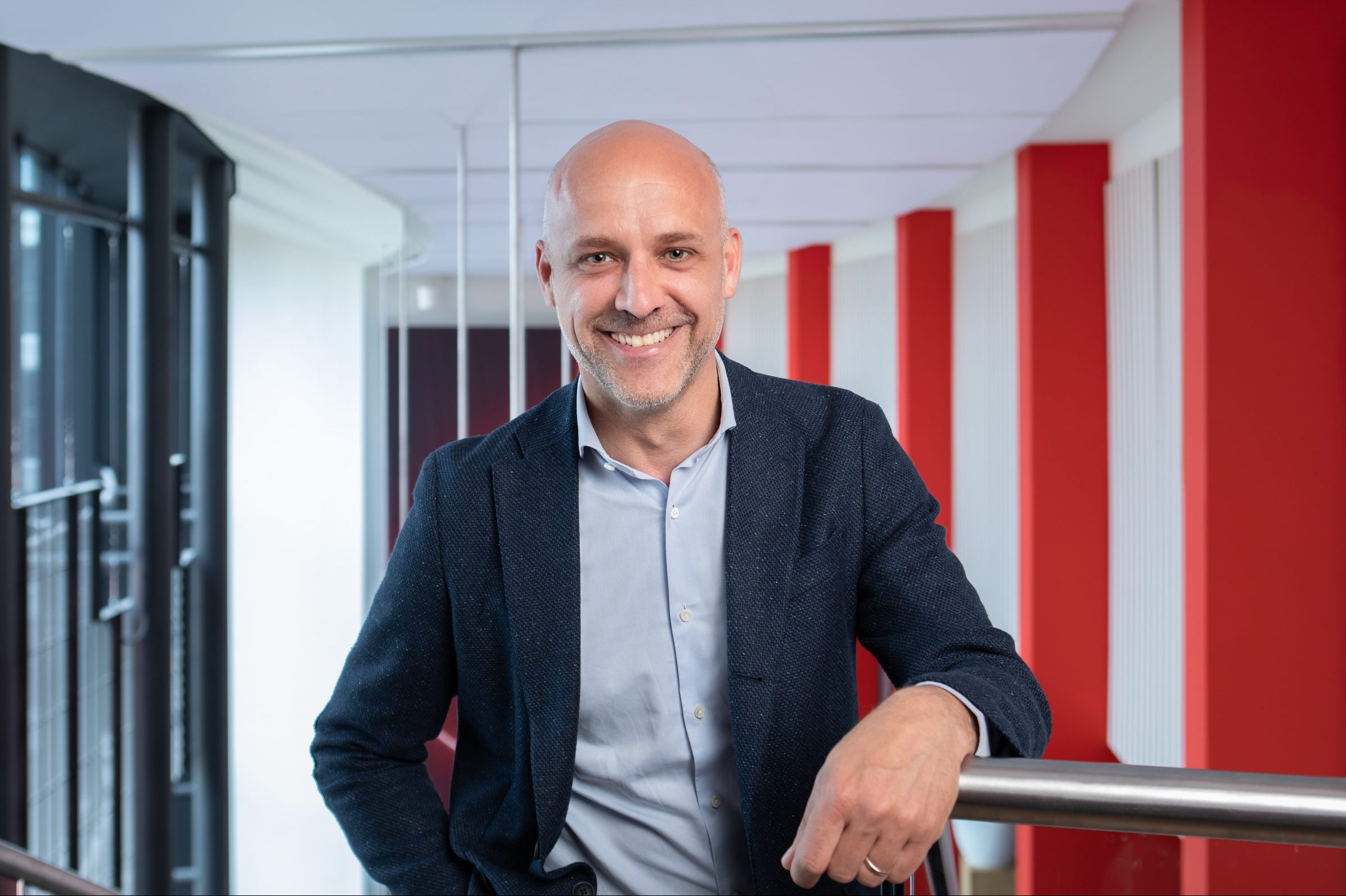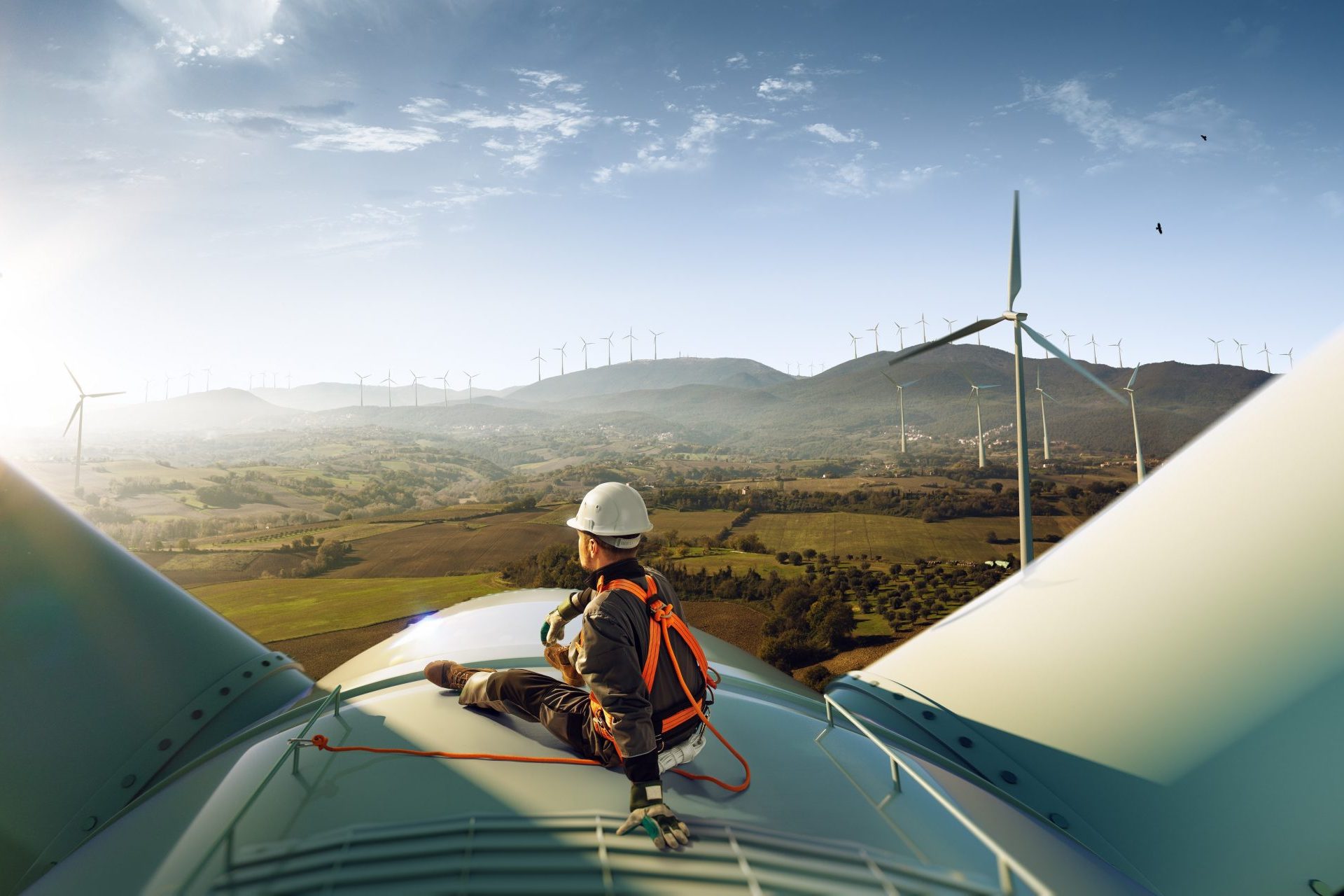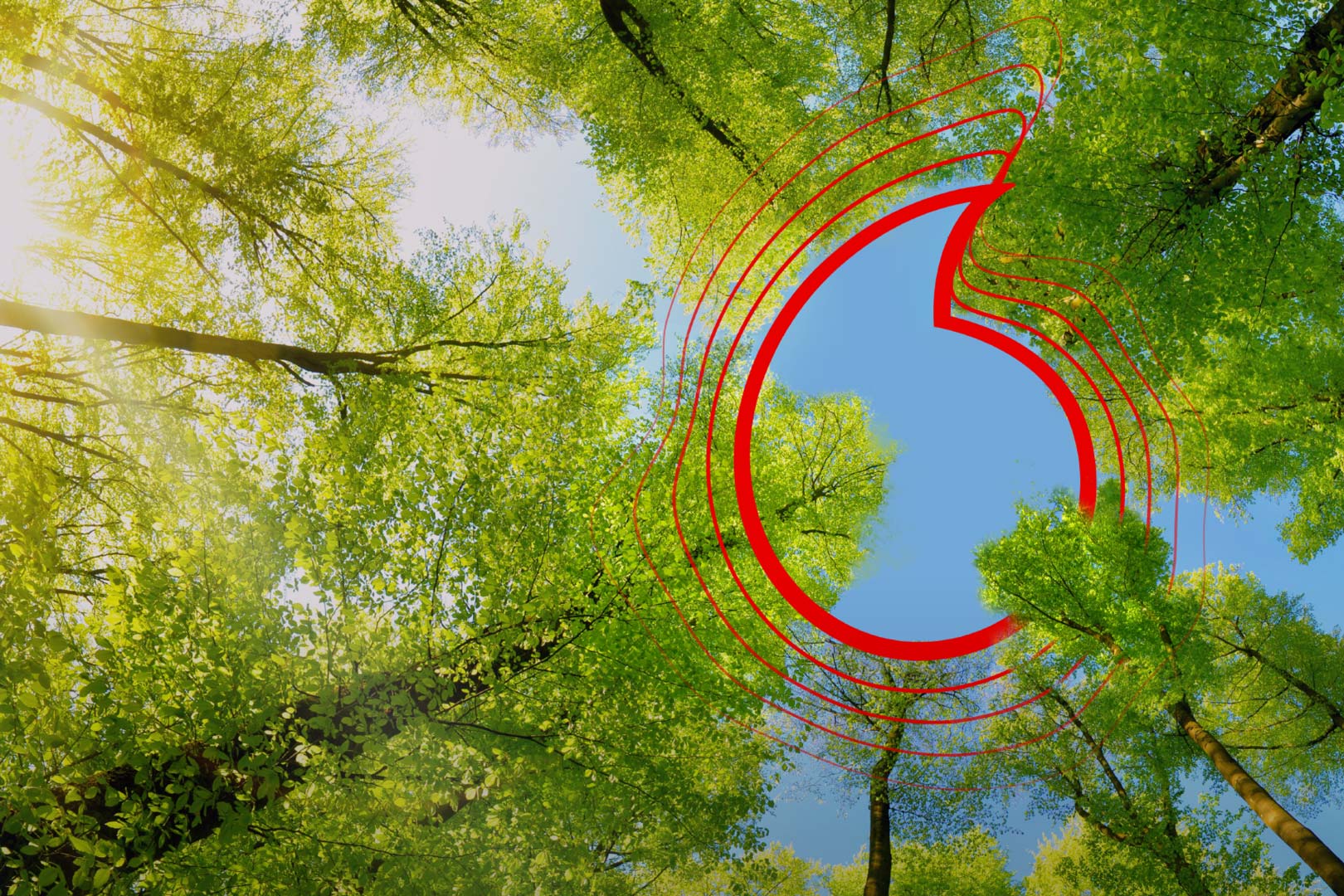
Andrea Donà, Chief Network Officer, reflects on a new Vodafone-sponsored report examining how digital technologies will play a vital role in reducing the UK’s carbon emissions on the road to net zero.
If the UK is to meet its climate change goals, it needs to deliver emissions reductions that are as big, fast and cheap as possible.
And it needs to adopt as many different emissions reduction techniques as possible, too.
Big, because net zero by 2050 is an ambitious goal.
Fast, because we need to take action now to take as much greenhouse gases out of the atmosphere as possible and achieve net zero.
Cheap, because while the pivot to a greener economy is essential, there’s no escaping the fact that changing the way we do things will come at a price. And different areas of the economy, and different carbon-emitting activities, will require different approaches to emissions reduction.
We’ll have to take a multi-faceted approach, but everything that has an impact on reducing greenhouse gas emissions will make a positive contribution to the overall effort.
That’s why digital technology is such an exciting part of the picture.
In three crucial, high-emission sectors in the UK – manufacturing, agriculture and transport – Internet of Things (IoT) technology in particular could have a huge impact.
As our report shows, digital technology could help reduce annual greenhouse gas reductions in these three sectors by as much as 17.4 million tonnes of CO2e [carbon dioxide equivalent, which includes CO2 and other greenhouse gases], similar to the total annual emissions output for the North East of England.
Tech companies such as Vodafone may not always be the first to come to mind when people think about tackling climate change, but we have already made big commitments to reduce our own emissions. Across the whole Vodafone Group, we’ve committed to reach net zero for our own operations by 2030, and for our full carbon footprint by 2040.
In the UK, we are going even faster, eliminating all carbon emissions from our UK operations and significantly reducing our emissions from our supply chain and use of products by 2027.
We already source all our grid electricity from certifiably renewable resources.
But that’s not all.
We also set ourselves the target to enable our customers to save 350 million tonnes of CO2e globally by 2030.
Digital technology is playing a major role in achieving these reductions. For example, we are using IoT and artificial intelligence (AI) to monitor our base stations and manage their energy usage; Smart Sites allows us to deal with many issues remotely, eliminating the need to send out field engineers and reducing our carbon footprint. And the connected technology we provide can significantly cut emissions for others, too – including in the three sectors this report focuses on.
In manufacturing, increased use of industrial digital technologies such as AI, machine learning, and 3D printing, not only promise to cut overall emissions but also to improve productivity and create jobs.
In agriculture, digital technology can help monitor crops, soil, fertiliser, feed and water through connected devices, substantially reducing waste and emissions, while at the same time increasing yields.
And in transport, telematics and traffic management systems can reduce fuel use and control congestion and travel demand, again cutting emissions. It is in the transport sector that the biggest emissions reductions are found – up to 9.3 million tonnes of CO2e.
We have chosen these three sectors not only because they generate a significant proportion of the UK’s overall emissions – and not just because digital technology can play a decisive role in decarbonising all three – but also because they illustrate how all parts of the country, urban and rural, need to be taken into account.
As the report demonstrates, while overall emissions are – as one might expect – generally higher in more densely populated areas, per person emissions are highest in rural areas with a lower population.
The faster we all implement innovative methods for cutting emissions, the faster we will all see the benefits. When it comes to reducing our carbon footprint, everyone has a part to play, and technological solutions are among the easiest to put into effect now.
Read the full press release here.
#TogtherWeCan
![White smartphone with screen from green leaves[Adobe Stock]](https://www.vodafone.co.uk/newscentre/app/uploads/2024/04/White-smartphone-with-screen-from-green-leavesAdobe-Stock.jpg)

![Falling Dripping Water Drop[Adobe Stock] Falling Dripping Water Drop[Adobe Stock]](https://www.vodafone.co.uk/newscentre/app/uploads/2024/04/Falling-Dripping-Water-DropAdobe-Stock.jpg)
![1-happy woman with cleaning agent and phone[Adobe Stock] stock image of a woman using a smartphone while wearing rubber kitchen gloves and holding a spray bottle](https://www.vodafone.co.uk/newscentre/app/uploads/2024/04/1-happy-woman-with-cleaning-agent-and-phoneAdobe-Stock.jpg)

![Young Woman Cooking in the kitchen edited [Adobe Stock] stock image of a woman preparing vegetables in a kitchen](https://www.vodafone.co.uk/newscentre/app/uploads/2023/12/Young-Woman-Cooking-in-the-kitchen-edited-Adobe-Stock.jpg)
![Smart farm, agriculture concept, farmer use data augmented mixed virtual reality integrate artificial intelligence[Adobe Stock]](https://www.vodafone.co.uk/newscentre/app/uploads/2023/12/Smart-farm-agriculture-concept-farmer-use-data-augmented-mixed-virtual-reality-integrate-artificial-intelligenceAdobe-Stock.jpg)


